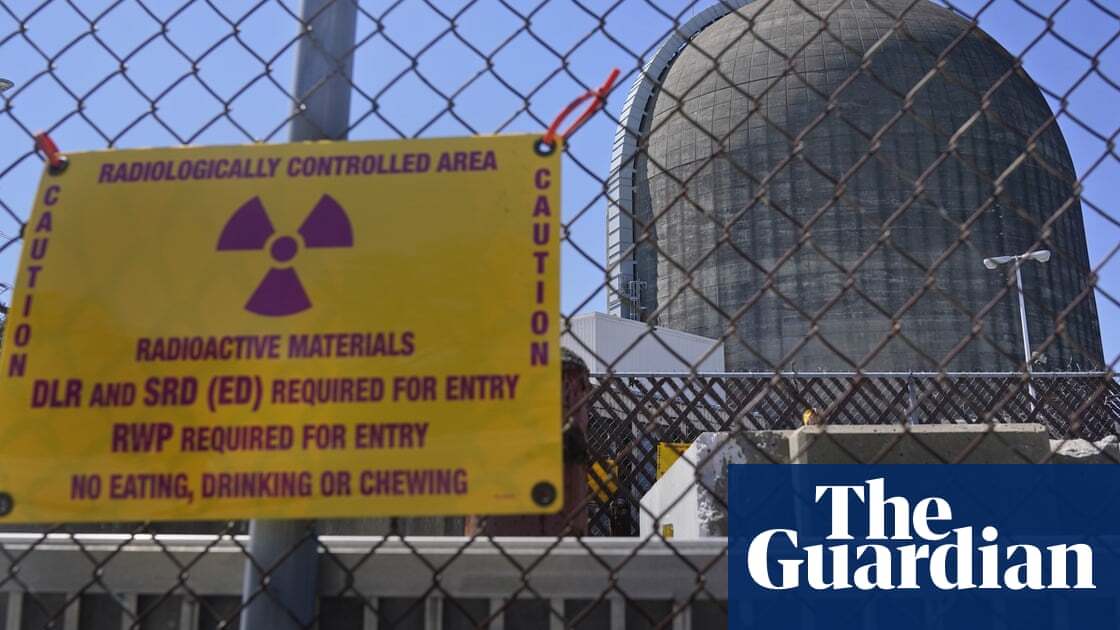- cross-posted to:
- nyc@lemmit.online
- cross-posted to:
- nyc@lemmit.online
Shuttering of New York facility raises awkward climate crisis questions as gas – not renewables – fills gap in power generation
When New York’s deteriorating and unloved Indian Point nuclear plant finally shuttered in 2021, its demise was met with delight from environmentalists who had long demanded it be scrapped.
But there has been a sting in the tail – since the closure, New York’s greenhouse gas emissions have gone up.
Castigated for its impact upon the surrounding environment and feared for its potential to unleash disaster close to the heart of New York City, Indian Point nevertheless supplied a large chunk of the state’s carbon-free electricity.
Since the plant’s closure, it has been gas, rather then clean energy such as solar and wind, that has filled the void, leaving New York City in the embarrassing situation of seeing its planet-heating emissions jump in recent years to the point its power grid is now dirtier than Texas’s, as well as the US average.



You can’t claim to be an environmentalist and be anti-nuclear energy at the same time.
Yes you can
You sure can indeed. But running with one leg isn’t as efficient as two.
Nuclear is is the most stable and carbon neutral form of energy production to date. Not to mention the safest. And that’s not even considering EOL disposal and recycling figures that always get brought up with Nuclear but no one ever seems to talk about for Solar and Wind when their components reach end of their service life and have basically no plan for how to recycle or dispose of them in any way that isn’t a landfill.